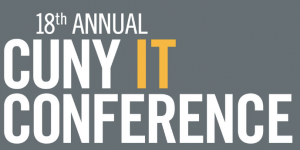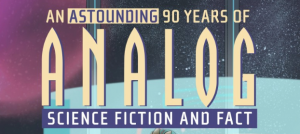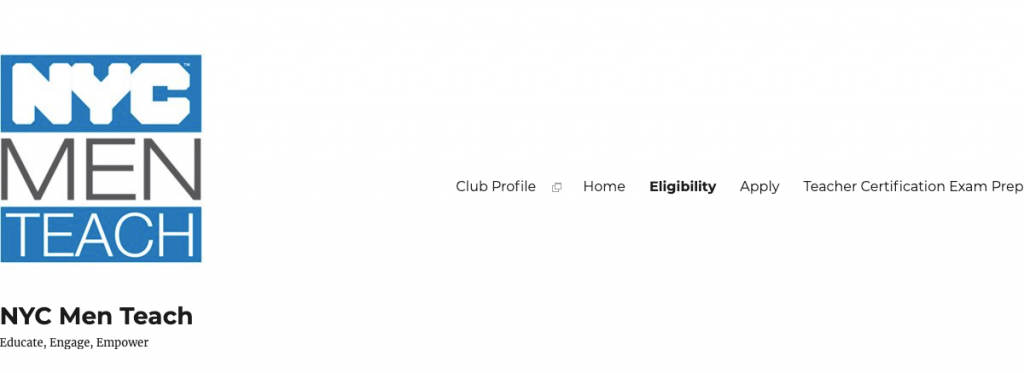
*This post is part of the OpenLab’s “Retrospective Series,” through which the OpenLab team and community is curating and reflecting on the ways in which the OpenLab has grown and transformed since its launch in Fall 2011. (You can check out the original posts in the series here and here).
For this year’s CUNY IT , hosted at John Jay College, the OpenLab team is reporting back from our ongoing conversations about access in pedagogy and open learning. These conversations have occurred at our two Open Pedagogy events this semester, where we focused on how to broaden the notion of access beyond compliance with the ADA, as well as how to make ourselves more accessible as educators. You can read recaps of these events here. The OpenLab team is excited to share the many valuable insights that have come out of these discussions, and think through how these insights might be integrated into the OpenLab–City Tech’s homegrown open-source digital platform for teaching, learning, and collaborating. In keeping with this year’s conference theme, “bridging gaps,” we will showcase the stories of educators who embrace open, digital pedagogy but also have concerns about making teaching and learning accessible to all.
We’re excited to tackle the three big questions of the conference:
- What barriers to success do our students face that technology may address? What emerging technologies have the potential to create new solutions to old problems?
- What are challenges that our faculty and administrators face in using these technologies to bridge gaps at CUNY? How do we best address these challenges?
- How can CUNY continue to develop and sustain outstanding digital pedagogy, along with a commitment to access and digital equality for CUNY’s students?
OPENLAB CUNY IT Presentation
Some background: When City Tech’s OpenLab launched in 2011, its team anticipated students, faculty, and staff creatively imagining it as a platform to learn, work, and share within and beyond the college community. The open digital platform, built with blogging and social networking software (WordPress, BuddyPress), thrives with innovative member-generated content. The 28,000+ OpenLab members have pushed it in new and exciting directions. The OpenLab is a perpetual experiment, and development on the platform moves quickly. Still, we make sure to take time to reflect on the work that we do. We hold two events per semester called Open Pedagogy in which educators from CUNY and New York City at large come together over wine and cheese to discuss various questions concerning digital pedagogy. As noted above, this year our discussions are centered on access.
In frameworks of disability justice, the term accessibility conveys the degree to which a space, process, or concept is accessible. By contrast, access denotes the process by which accessibility is achieved. While we think of digital technologies as lowering some barriers to learning—such as the OER initiative at City Tech and our collaboration with BMCC to better serve transfer students—technology can also present new challenges to access. Our CUNY IT presentation will highlight some of our takeaways from our fall programming and will include interactive components to engage participants as we bring the conversation to the larger CUNY community.
We hope that the presentation (slides below) and the accompanying material helps to provide a sense of how deeply and meaningfully we have taken up the theme of access. The presenters at the conference include a number of members of the OpenLab team: OpenLab Co-Directors, Jody R. Rosen (Associate Professor of English), and Jason Ellis (Assistant Professor of English), as well as the OpenLab Digital Pedagogy Fellows Claire Cahen, Jesse Rice Evans, and Olivia Wood.
*If you’re at the conference, please do come join us in person, 1:00 PM – 2:00 PM.













